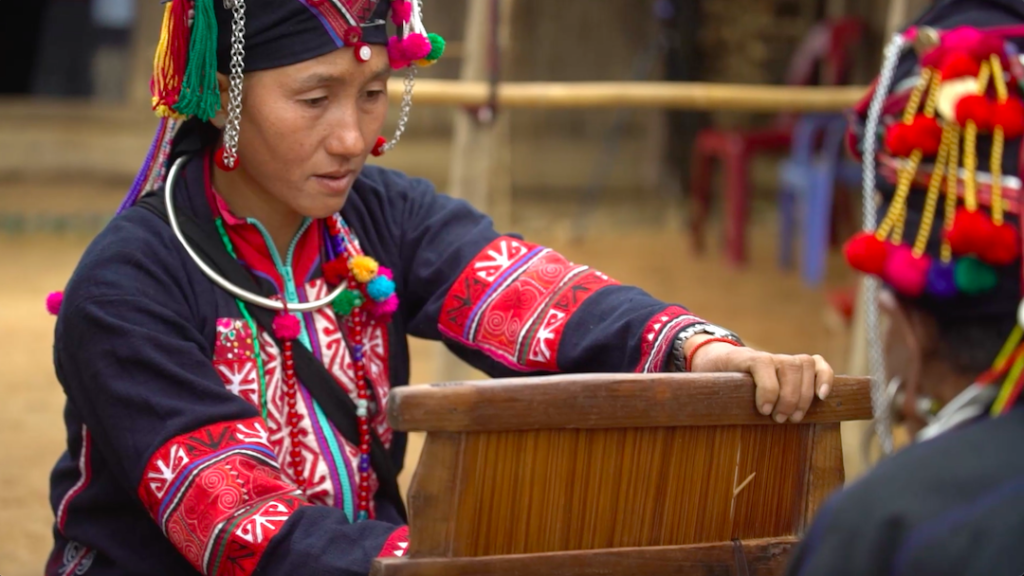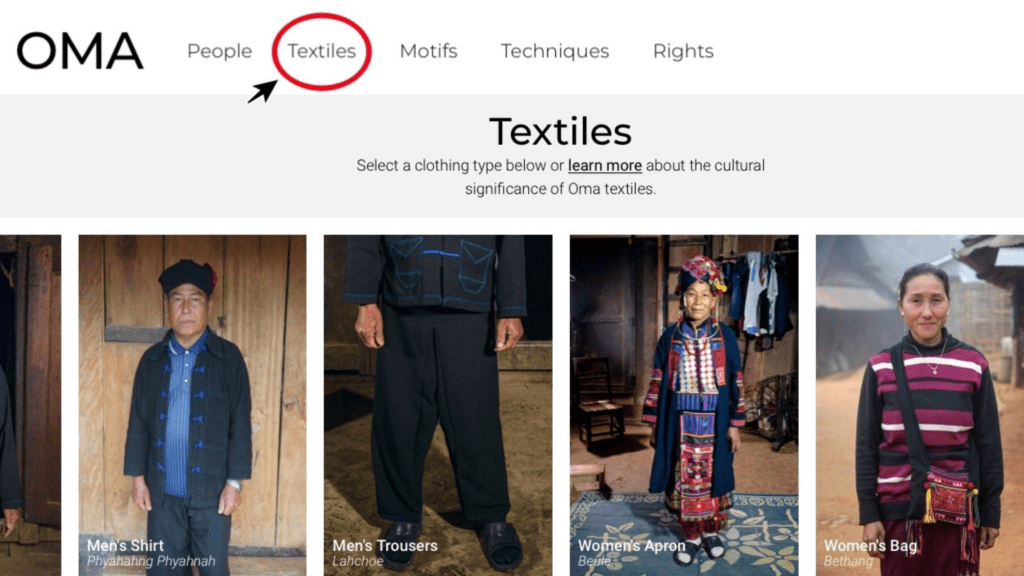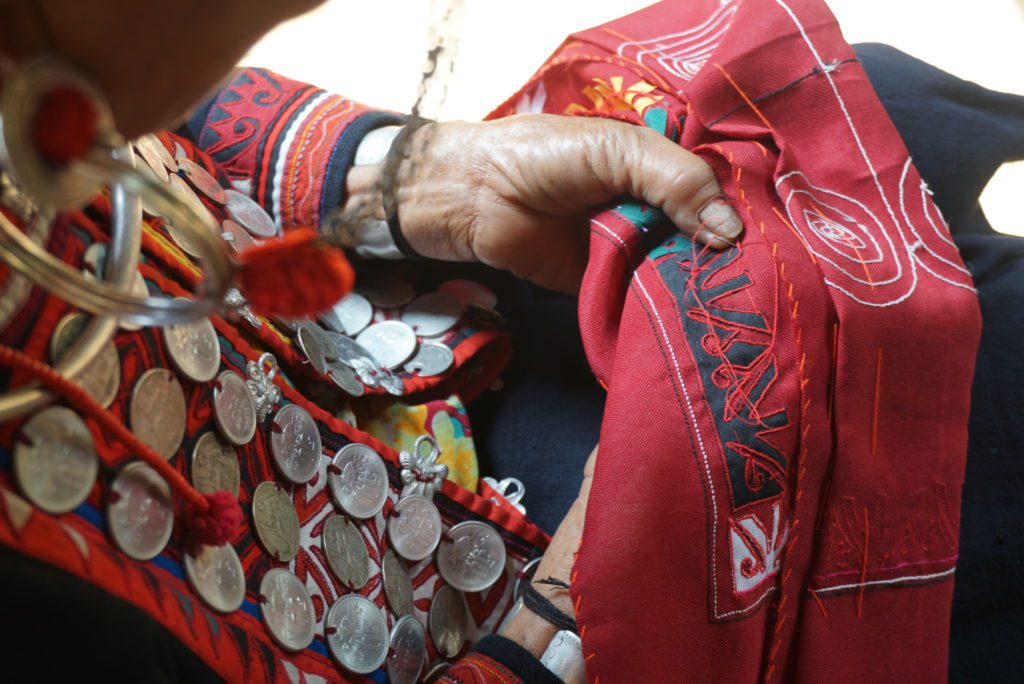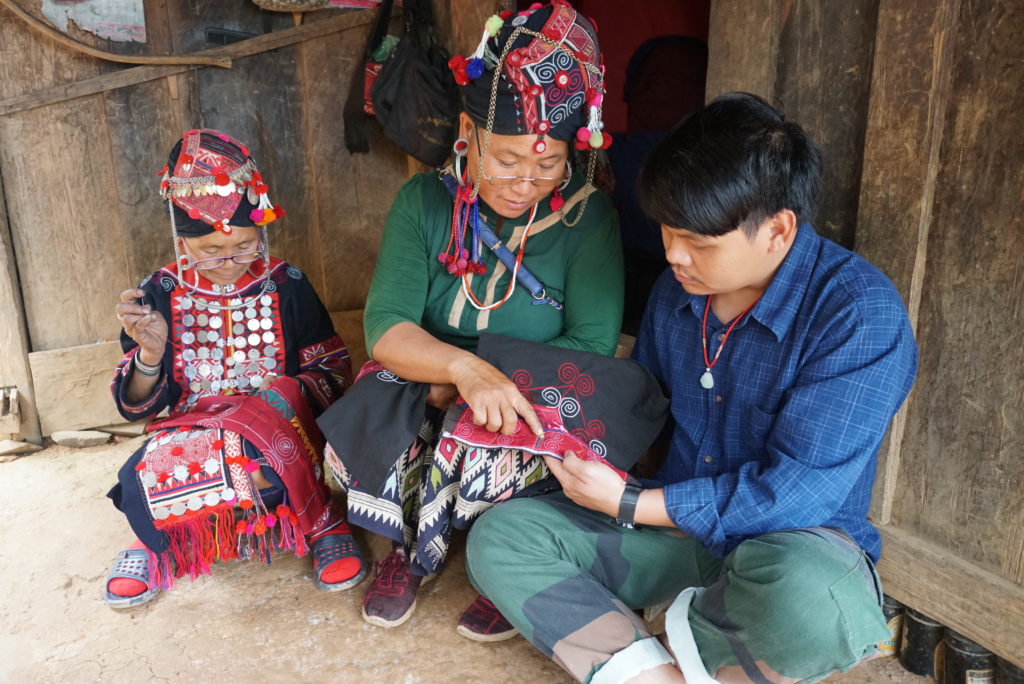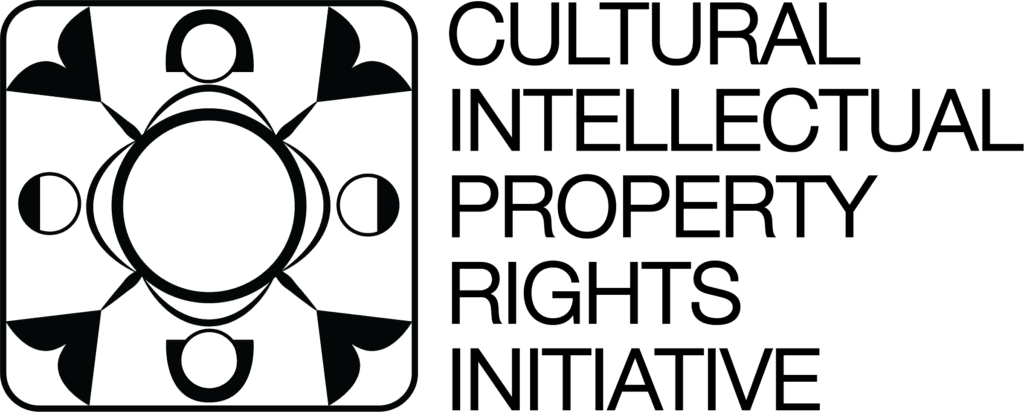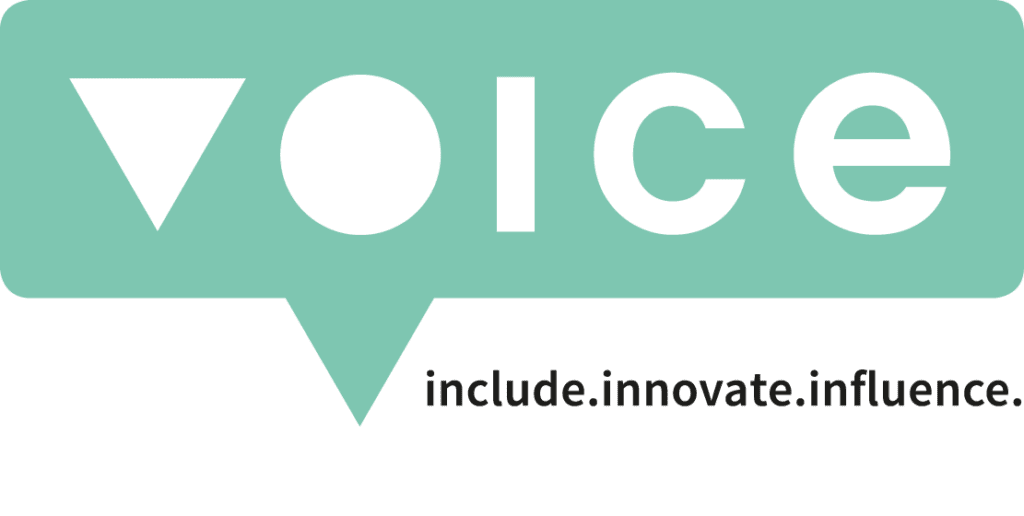- Take multiple photos and/or screenshots of the item.
- Check the price tag, product information, label, in-store materials and website product description. If you’re in the store, ask a sales associate if they know more about the origin of the design or item.
- If there is no mention of the origin or creator, you can follow these steps:
Contact the company and notify them of your discovery. Provide the known origin and any back-up documentation you might have reflecting this assertion. Ask them important questions and give them the opportunity to respond in a timely manner.
- Did they receive permission to use these designs?
- Did they compensate the community or artisan that created the design or product?
- Did they involve traditional ethnic artisans in the creation or design of the product?
- Do they know the design is being used without acknowledgement of the source community?
If you do not receive a response or adequate answers to your questions, it’s time to take your discovery to the public.
- Upload the photos and your findings to your social media accounts – Facebook, Instagram, and Twitter work best.
- Tag the offending company in your posts.
- Use relevant global plagiarism campaign hashtags – #notpublicdomain #givecredit #culturalintellectualproperty
- Demand a response on how they plan to rectify the issue and ask your followers to share on their channels and post on the brand’s social media platforms.
(Note: Offending companies tend to block users and delete posts quickly so it’s recommended you screenshot everything you post).
Remember to share any and all (or no) interactions with the company with your followers. Momentum will retain interest and draw more attention to the issue.

